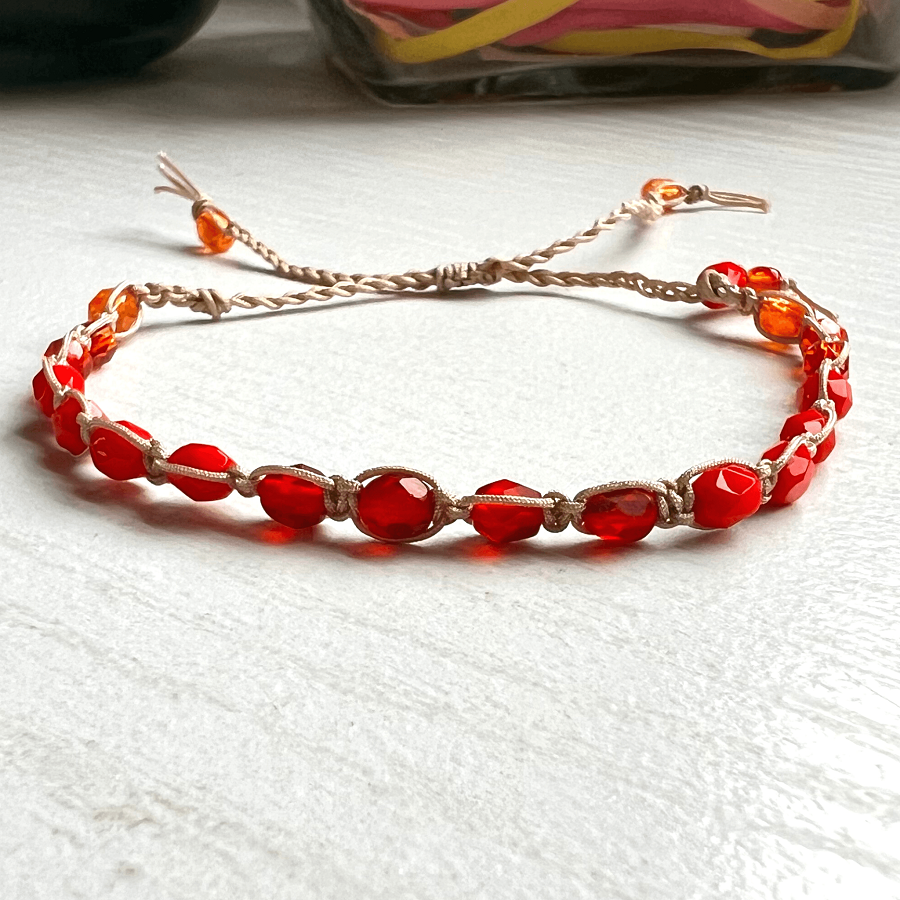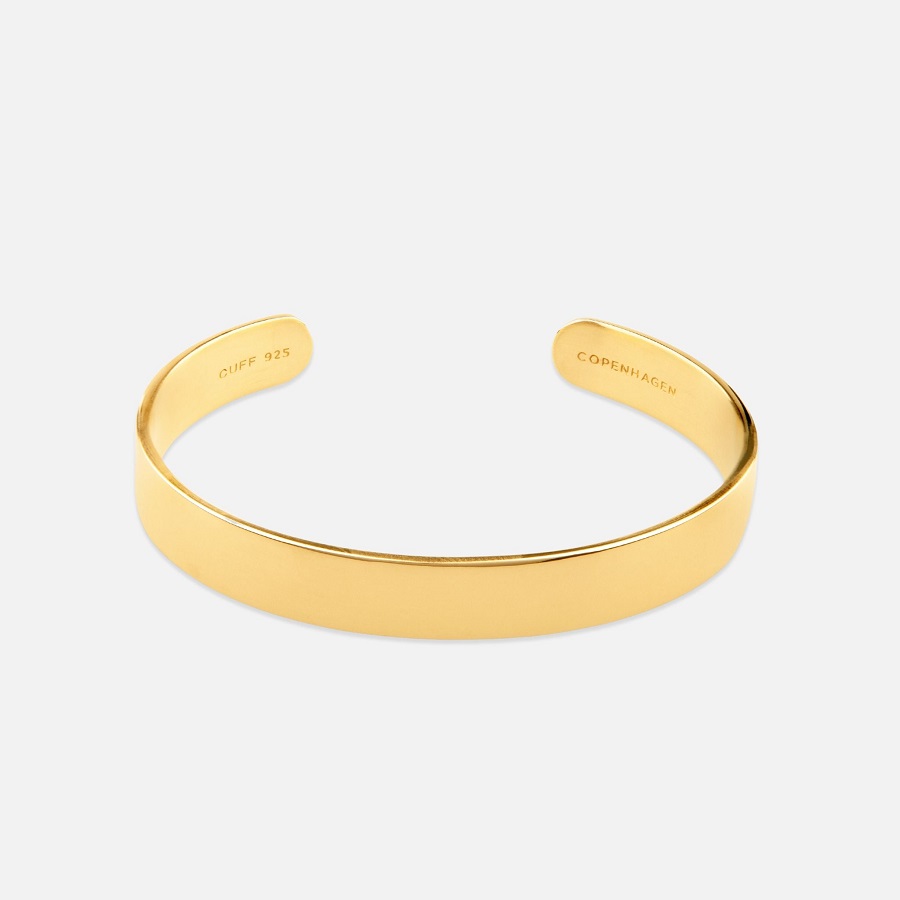 Introduction:
Introduction:
Conch piercing is a popular form of ear cartilage piercing that has gained popularity in recent years. It involves piercing the thicker, inner part of the ear known as the conch. In this comprehensive guide, we will provide you with valuable information about conch piercing. From the different types of conch piercings to the healing process and aftercare, we will cover all the essential aspects to help you make an informed decision about getting a conch piercing.
 Introduction to Conch Piercing
Introduction to Conch Piercing
Conch piercing is a form of ear cartilage piercing that highlights the middle part of the ear known as the conch.
A. Placement: Conch piercings can be done in two main areas: the inner conch, closer to the canal, or the outer conch, towards the edge of the ear.
B. Types of Conch Piercings: There are various types of conch piercings, including standard conch piercing, double conch piercing, and dermal conch piercing.
Choosing a Professional Piercer
Selecting a professional piercer is essential for a safe and successful conch piercing experience.
A. Research and Recommendations: Seek recommendations, read reviews, and ensure the piercer has experience with cartilage piercings.
B. Hygiene and Safety Practices: Confirm that the piercer follows strict hygiene practices and uses sterile, high-quality piercing tools.
Conch Piercing Procedure
Understanding the conch piercing procedure can help ease any potential concerns or anxiety.
A. Consultation: Begin with a consultation to discuss placement, jewelry options, and any concerns or questions you may have.
B. Marking and Piercing: The piercer will mark the chosen location, followed by the actual piercing using a sterilized needle or piercing gun.
 Healing Process and Aftercare
Healing Process and Aftercare
Proper aftercare is crucial for a successful conch piercing healing process.
A. Cleaning Routine: Clean the pierced area twice a day with a saline solution or saline wound wash, avoiding harsh products or touching the jewelry excessively.
B. Avoiding Irritants: Protect the piercing from irritants like hairspray, shampoo, or overexposure to water, and avoid sleeping on the pierced side.
Jewelry Selection
Choosing the right jewelry for your conch piercing is important for comfort and healing.
A. Initial Jewelry: The initial jewelry will be a longer barbell or captive bead ring to accommodate swelling during the healing process.
B. Jewelry Materials: Opt for hypoallergenic, high-quality materials such as titanium, surgical stainless steel, or niobium to minimize the risk of irritation or allergic reactions.
Downsizing and Switching Jewelry
After the initial healing period, downsizing the jewelry and switching to different styles is possible.
A. Downsizing: Visit your piercer for a jewelry change to a shorter barbell or a different style that suits your preference.
B. Jewelry Styles: Explore various styles, such as hoops, studs, or decorative ends, to personalize your conch piercing.
 Potential Risks and Complications
Potential Risks and Complications
Understanding the potential risks and complications associated with conch piercing is essential for informed decision-making.
A. Infection: Failure to follow proper aftercare can lead to infection, characterized by excessive swelling, redness, and discharge.
B. Keloids or Hypertrophic Scarring: Some individuals may be prone to keloid or hypertrophic scarring, which can cause raised, thickened tissue around the piercing area.
Long-Term Care and Maintenance
Proper long-term care and maintenance will help preserve the health and appearance of your conch piercing.
A. Regular Cleaning: Continue cleaning the piercing with saline solution on a weekly basis to prevent bacteria buildup.
B. Jewelry Checks: Periodically check the jewelry for tightness, wear, or damage, and consult your piercer if any issues arise.
Pairing a conch piercing with necklaces and bracelets:
When it comes to pairing a conch piercing with necklaces and bracelets, there are a few factors to consider to achieve a cohesive look. Here are some tips:
Necklace Length:
If you have a conch piercing in one or both ears, you may want to choose necklaces that are shorter in length. Opt for choker-style necklaces or those that sit just above the conch piercing, as longer necklaces can get tangled or caught on the jewelry. This will help highlight both the conch piercing and the necklace without overwhelming the look.
Jewelry Style:
Consider the style and design of both the conch piercing jewelry and the necklace. If you have a dainty and minimalistic conch piercing jewelry, you can pair it with delicate and understated necklaces for an elegant and balanced look. If your conch piercing jewelry is more elaborate and eye-catching, you can opt for statement necklaces with larger pendants or intricate designs to create a harmonious visual appeal.
Metal and Material:
Pay attention to the metal or material of your conch piercing jewelry, as well as the necklace and bracelet materials. Try to coordinate them, whether it’s matching the metals (like silver or gold) or complementary materials (such as leather, beads, or pearls). This helps create a cohesive and unified aesthetic.
Balance:
When wearing both a conch piercing and a necklace, aim for balance in the overall appearance. If you have a conch piercing in one ear, consider wearing a necklace on the opposite side or choose a pendant that sits asymmetrically in relation to the piercing. This helps distribute the visual focus and creates a pleasing overall look.
Wrist Accessories:
If you have conch piercings and want to wear bracelets or bangles, consider selecting pieces that complement the overall style and materials of your conch jewelry and other accessories. Pay attention to the size and scale to ensure they do not overshadow or compete with each other.
Remember, personal style and preference are essential, so feel free to experiment and mix different jewelry pieces to create a unique and personalized look that reflects your individuality and fashion taste.
Some popular trends associated with conch piercings:
Conch piercings have been gaining popularity in recent years, becoming a trending choice for ear piercings. Here are some popular trends associated with conch piercings:
Double Conch Piercings:
Double conch piercings have become increasingly popular. This involves getting two conch piercings in close proximity to each other, either in the same ear or on opposite ears. This placement allows for more creative jewelry combinations and adds a unique and edgy look to the ear.
Decorative Jewelry:
Conch piercings offer a versatile canvas for various types of jewelry. Many individuals opt for decorative jewelry, such as dainty hoops, statement studs, or intricate captive bead rings. This allows for personal expression and customization, as there are numerous styles, metals, and gemstone options available.
Curated Ear Aesthetics:
The rise in popularity of curated ear aesthetics has also influenced conch piercings. People are often pairing conch piercings with other ear piercings, such as helix piercings, tragus piercings, or daith piercings, to create a unique and visually appealing arrangement. The combination of various piercings and jewelry placements adds depth and interest to the overall ear design.
Minimalistic and Delicate Jewelry:
While many choose decorative and statement jewelry for their conch piercings, there is also a trend towards minimalistic and delicate jewelry. This style involves using smaller studs, tiny hoops, or subtle designs, creating an elegant and understated look. This minimalist approach allows for a more subtle and versatile aesthetic, suitable for everyday wear.
Healing and Reversible Techniques:
Another trend for conch piercings is the emphasis on healing and reversible techniques. Many individuals prefer using implant-grade materials, such as titanium or surgical steel, for their initial jewelry to promote proper healing. Additionally, piercers often utilize techniques like punch and taper or needle piercing to minimize trauma and allow for easier downsizing or jewelry changes in the future.
As with any trend, personal preference and individual style ultimately dictate the choices made for conch piercing aesthetics. It’s important to consult with a professional piercer and consider your own tastes and comfort level when deciding on the placement, jewelry selection, and overall look of your conch piercings.
 Conclusion
Conclusion
Piercing is a unique and fashionable form of ear cartilage piercing that can add a beautiful touch to your overall aesthetic. By understanding the different types of conch piercings, choosing a professional piercer, following proper aftercare, and selecting suitable jewelry, you can enjoy a successful and well-healed conch piercing. Remember to prioritize hygiene, listen to your body, and consult a professional if you have any concerns or complications. Embrace the individuality and style that a conch piercing can bring to ear adornments.


